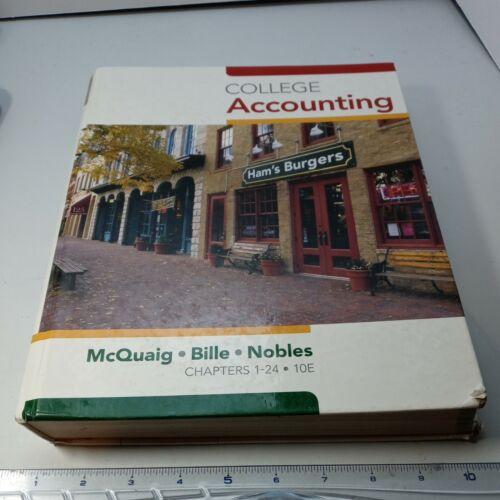Answered step by step
Verified Expert Solution
Question
1 Approved Answer
Required information [The following information applies to the questions displayed below.] This Applying Excel worksheet includes an explanation of the Data Table What-If Analysis Tool.
Required information [The following information applies to the questions displayed below.] This Applying Excel worksheet includes an explanation of the Data Table What-If Analysis Tool. On the Data Tables - Student tab in your Excel spreadsheet, update the given information section of the Income Statement for Hello Company with the data below: Income Statement Units Price per unit Variable expense per unit Total Fixed Costs Product A 32,000 $12.00 $ 5.00 $15,000 Product B 6,000 $ 6.00 $ 1.00 $30,000 Product C 2,000 $50.00 $15.00 $ 7,500 Required: 2. Using the Data Table What-If Analysis tool in Excel, determine the Units and Operating Income (Loss) for each product based on the following scenarios. (Hint: Don't forget that the warehouse can only hold up to 40,000 units.) 


Required information [The following information applies to the questions displayed below] This Applying Excel worksheet includes an explanation of the Data Table What-If Analysis Tool. On the Data Tables - Student tab in your Excel spreadsheet, update the given information section of the Income Statement for Hello Company with the data below. Required: 2 Using the Data Table What-If Analysis tool in Excel, determine the Units and Operating Income (Loss) for each product based on the following scenarios. (Hint: Don't forget that the warehouse can only hold up to 40,000 units) Scenario 1: Pete wants to find the mix of units that will result in the highest overall Operating income, perforro this analysis using a two variable data table. Product A can vary between 29,000 units and a maximum of 34.000 units. Product B can vary between 4,000 units and a maximum of 9,000 units. Both Products A and B are manufactured in 1,000-unit increments. The production level of Product C is the same each month at 2,000 units. Scenario 1: Pete wants to find the mix of units that will result in the highest overall Operating Income, perform this analysis using a two variable data table. Product. A can vary between 29,000 units and a maximum of 34,000 units. Product B can vary between 4,000 units and a maximum of 9,000 units. Both Products A and B are manufactured in 1,000-unit increments. The production level of Product C is the same each month at 2,000 units. Scenario 2 Pete wants each product line in the mix to be profitable. Use a One Variable Data Table and then determine the number of units for each product that should be produced (to the neatest thousand) to make each product line profitable. Scenario 2 Pete wants each product line in the mix to be profitable. Use a One Variable Data Table and then determine the number of units for each product that should be produced (to the nearest thousand) to make each product line profitable. 3. Based on your calculations above, which scenarlo creates the highest overall Operating income for the company? Scenario 1 Scenario 2


Step by Step Solution
There are 3 Steps involved in it
Step: 1

Get Instant Access to Expert-Tailored Solutions
See step-by-step solutions with expert insights and AI powered tools for academic success
Step: 2

Step: 3

Ace Your Homework with AI
Get the answers you need in no time with our AI-driven, step-by-step assistance
Get Started


